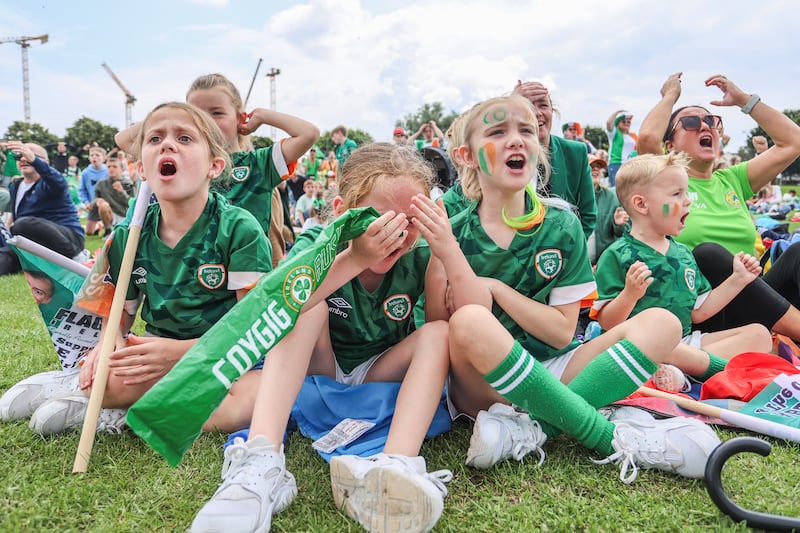In their restless brilliance, Mick O’Connell and Mick O’Dwyer used to meet for kicking practice in Cahersiveen, a couple of times a week, in the season. O’Connell would row from his home on Valentia Island, leave the boat at Reenard and cycle the last five miles. The session would go on for an hour, or an hour-and-a-half, two men and a ball, polishing furiously.
Jack O’Shea grew up across the road from the St Mary’s club and without any prior arrangement, he would present himself as their ball boy. It was no intrusion on his schedule; he was bound to be in the field anyway.
It was a chance coming together; a thing of unimaginable chance. There was a short interlude between the end of O’Connell’s Kerry career and the start of O’Shea’s, but that was the clear dynastic line. In Kerry, the figurehead centrefielder carried a tribal significance.
For decades, Kerry have been blessed with heads that could wear the crown. Between the end of the 1950s and the end of last season, O’Connell, O’Shea, Darragh Ó Sé and David Moran made nearly 250 championship appearances between them. None of them played for less than 13 seasons; O’Shea played for 16.
Seán Moran: League’s championship promise may be clouding but it remains bright at the top
Malachy Clerkin: The GAA should make more of St Patrick’s Day - and more of its intercounty stars
Sports Review 2023: Mary Hannigan picks the best quotes from the sporting year
GAA happy that GAAGo has ‘bedded in well’ as 2024 season launches
There were unavoidable gaps in the succession along the way, and not every transition was smooth. There were doubts about Ó Sé at the start, and queries about Moran for even longer, but each of them fulfilled Kerry’s desire for an fear láidir in the middle of the field. It didn’t have to skip a generation. That would have been unthinkable.
“You’re talking about 60 years,” says O’Shea. “And just four players wore the number 8 jersey for most of that time. Why was 8 and 9 different? Mick O’Connell wore number 8 and he was my idol. I was probably Darragh Ó Sé’s idol. If you asked Darragh I’m sure he’d say the same thing. The number 8 is the first midfielder, isn’t it? You wouldn’t be putting your first midfielder at number 9, you’d be putting him at number 8. That’s what Kerry are always looking for, a number 8.”
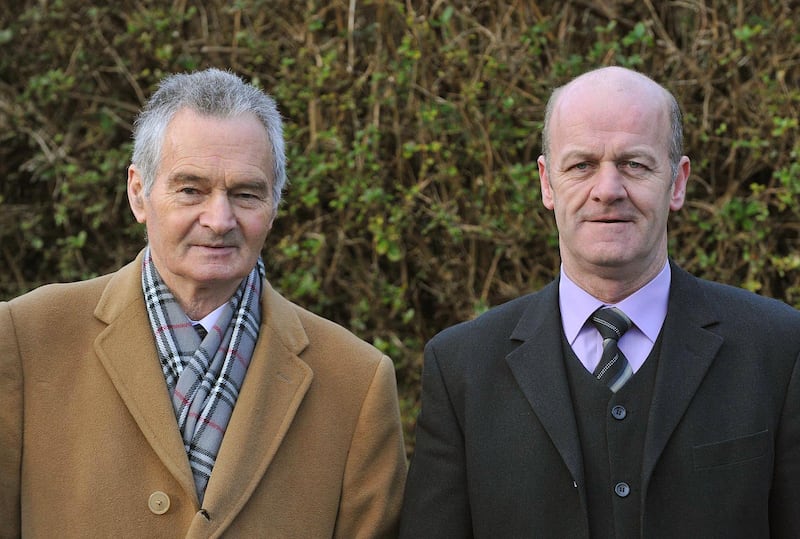
The lore of the jersey existed long before O’Connell, stretching back to Pat “Aeroplane” O’Shea at the start of the last century — when aviation and high fielding were still wonders of the world — and Paddy Kennedy after him. But O’Connell elevated it. He had idiosyncratic ways and an inimitable style. Of all the wizards he was Merlin.
“He was a purist and an idealist, and he portrayed that in the way he played,” says Mickey Ned O’Sullivan, the former Kerry captain and manager. “The definition of skill is economy of effort and he epitomised that. He just glided. He was a no-nonsense type of character too. If a guy tried to play dirty with him, he would just walk away from it. He’d walk off the pitch.”
John O’Keeffe was one of football’s greatest full backs, but he started his career at centrefield in the early 1970s and played eight championship matches as O’Connell’s junior partner; at his service. He remembers one of his first big games against Cork in Killarney, walking on to the field, popping with nerves, and turning to O’Connell to ask who he should mark?
“He said, ‘don’t mind that — let them pick us up’,” says O’Keeffe. “He didn’t even think about it. I’d say he didn’t even know who was marking us. His main interest was the ball. He loved to perform with the ball. He was a fabulous kicker. He could pick out his target, left or right, and it was all go forward. All attack. He was a tremendous fielder too. His judgement for the high ball was so athletic that he could make up yards to get to the pitch of the ball at its highest point.”
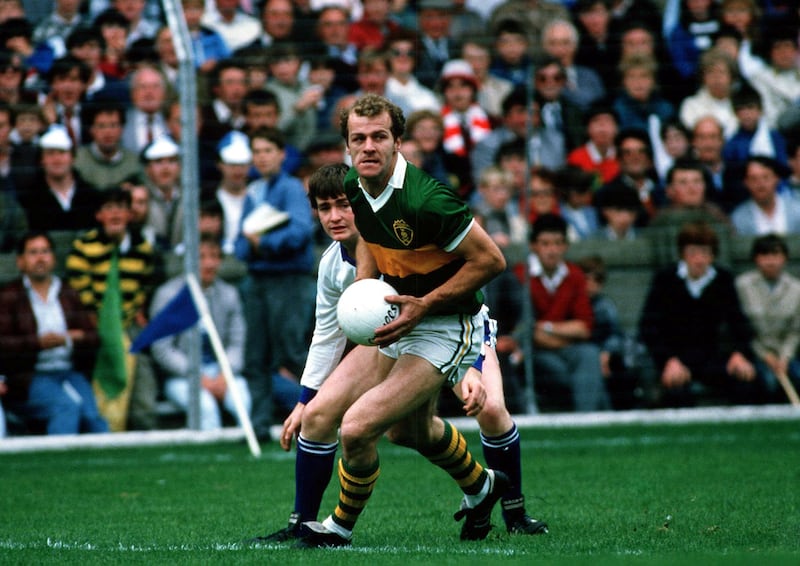
For generations, those were the entry requirements for centrefield: how high could you climb, how far could you kick? O’Connell wasn’t bound by convention, though. He championed considerate passing before it was fashionable, and that put him in conflict with the age-old doctrine of catch-and-kick, the one true faith.
“Because of its non-traditional Kerry flavour this style of football was the subject of much adverse criticism in my early years,” wrote O’Connell in his autobiography, nearly 50 years ago. “I was accused of indecisiveness and ‘fiddling’ with the ball. This was very annoying for a sensitive young fellow like me, but it never tempted me to alter my style. In the long run, some of my critics were converted.”
The nature of centrefield, play, though, had started to change by the end of O’Connell’s career. In the mid-1970s Mick O’Dwyer wrote a piece in the Kerry Yearbook, condemning the vandalism of breaking the ball from kick-outs. When Darragh Ó Sé retired in 2010, the late broadcaster Weeshie Fogarty wrote a piece celebrating Ó Sé’s career, and turning his fire on the ball-breaking terrorists too.
“In many ways,” wrote Fogarty, “Darragh is lucky to be getting out as the game deteriorates further”.
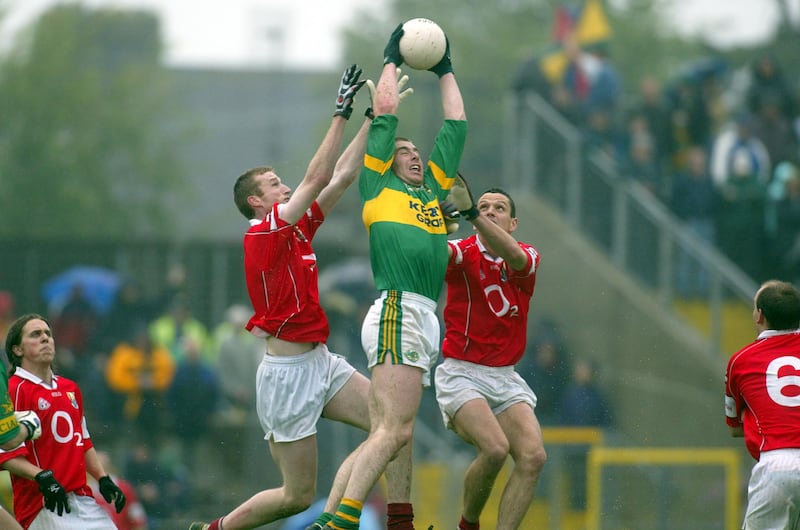
No matter how romantic it seemed, though, Kerry’s idealised number 8 was still a player that could dominate the skies. On one of David Moran’s greatest days — when he clocked up 47 possessions against Mayo in 2014 — he also took nine clean catches. On Sunday, the number of contested kick-outs at centrefield might be in the low single digits.
Moran was outstanding for Kerins O’Rahillys in the All-Ireland club semi-final against Kilmacud Crokes at the beginning of the year, and according to Pat Spillane, he was “head and shoulders” the best player in the Kerry club championship last year. But Moran turned 35 last month, and after a career scarred by serious knee injuries, it was no surprise when he didn’t return for one more year. That left Kerry without an obvious fear láidir. They never take that lightly.
“Kerry has always been renowned as a breeding ground for the most stylish of midfielders,” says Spillane. “But I would say the standard of club midfielders in Kerry at the moment is quite low. I would honestly say it’s poor.”
Kerry’s new pairing of Jack Barry and Diarmuid O’Connor seemed like known quantities: Barry played his first game in 2017 and O’Connor, his Na Gaeil clubmate, followed him a couple of years later. Between them, they had racked up more than 100 senior appearances, in league and championship. Kerry needed one of them to change.
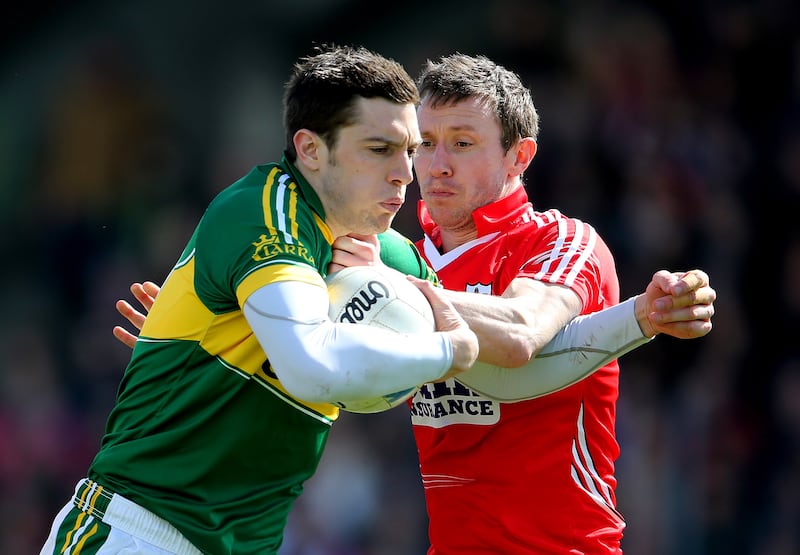
Barry didn’t have the tools to be a number 8 in the classic tradition. He had other qualities. When O’Sullivan was manager of the Kerry minors O’Keeffe was one of his selectors, and he spotted Barry in a club match; he suggested they should take a closer look.
“He was 17 at the time,” says O’Sullivan. “Johno says, ‘we’ll test him.’ He used to do these 400m runs because he maintained that it told you a lot about a player. So Jack [Barry] took off, flying around, and Johno turned to me and said, ‘this guy will do you in Croke Park’. He didn’t have a lot of football at the time, but he was solid. Solid. He’d do a job for you.”
There has been no reason to revise that first impression. In seven league and championship games over the years, for example, Barry has kept Dublin’s Brian Fenton to two points, among other infringements on his freedom. In any company, he has that capacity.
O’Connor’s game, though, has a different ceiling. O’Sullivan manages his home club Kenmare now and they met Na Gaeil in last year’s championship. “He beat us on his own [O’Connor]. If I’m not mistaken, he scored 2-8 from midfield. I said, ‘if this guy is properly looked after he’s going to be the best of them all’.”
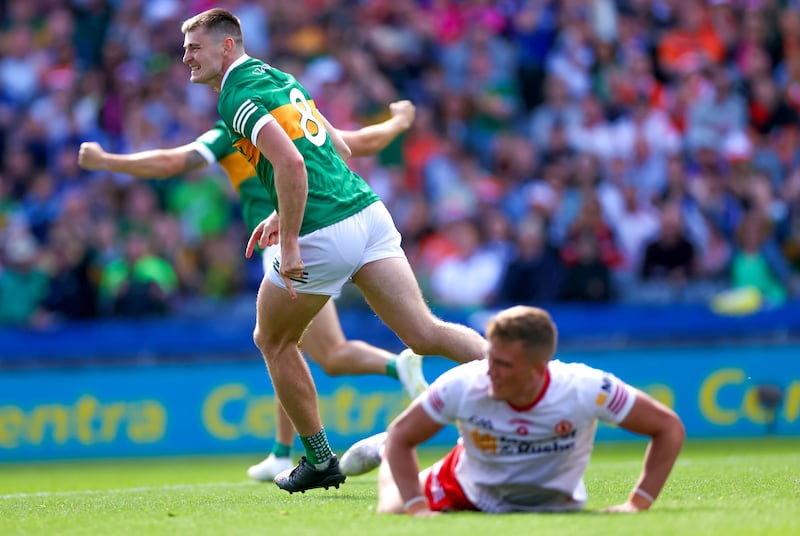
Against Tyrone, when Kerry’s centrefield was expected to come under stress, O’Connor stood up. He blossomed.
“We’ve been waiting for him to come really,” says O’Shea. “He’s been on stream for the last couple of years. He’s been unlucky with a few injuries, but he’s had a good run in the last six months, and he’s looked a different player.
“He has a lot of style and a lot of class. I think he needed to learn how to manage himself better in matches. He’s conserving himself a bit better, he’s getting through games better. He’s strengthened up a bit as well. I think the last day will have brought him on a lot. That was the kind of performance you need from your number 8 — commanding.”
By the mid-70s O’Connell was sceptical about football’s new direction: more running, less kicking, more handling. In a charity match, years after he retired, O’Connell refused to accept hand passes. On principle. “I can’t imagine him looking at the modern game,” says O’Keeffe. “He’d be totally disgusted with it.”
What would he think of the number 8s now? Midfielders, O’Connell wrote, “are often described as the linkman. I would give him the title field-marshal.”
That aspiration still holds.



